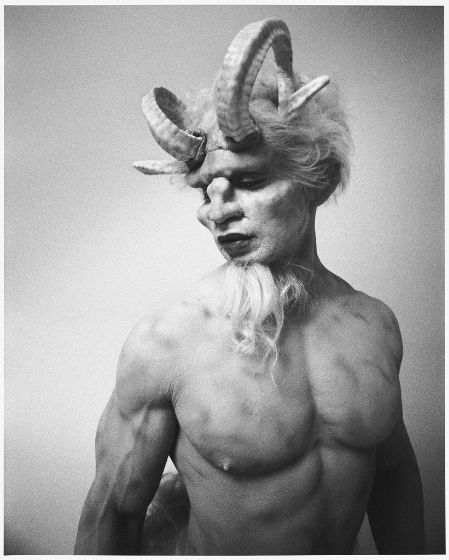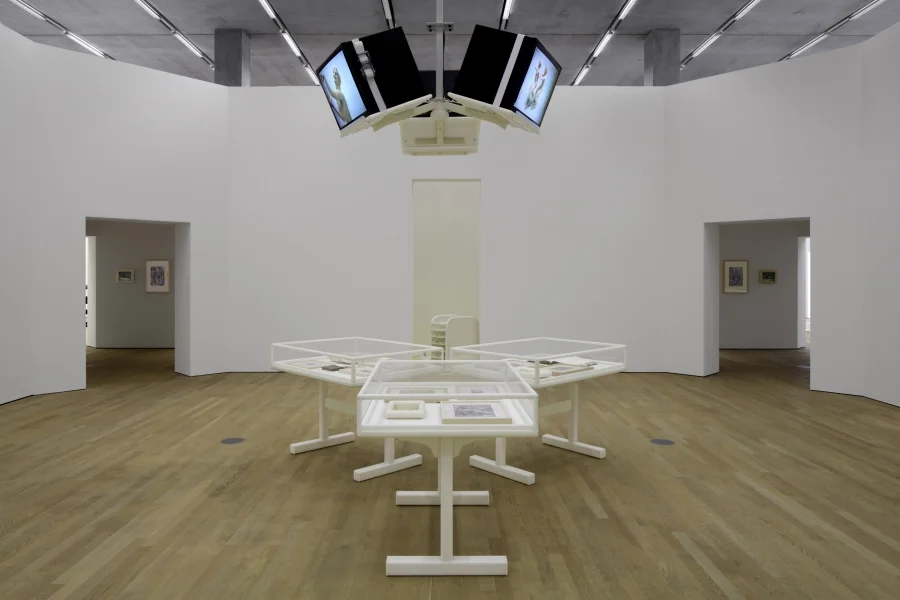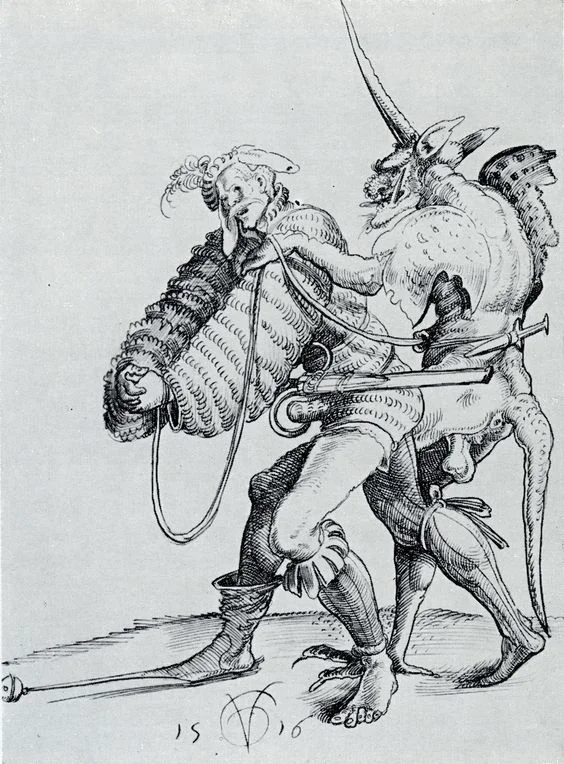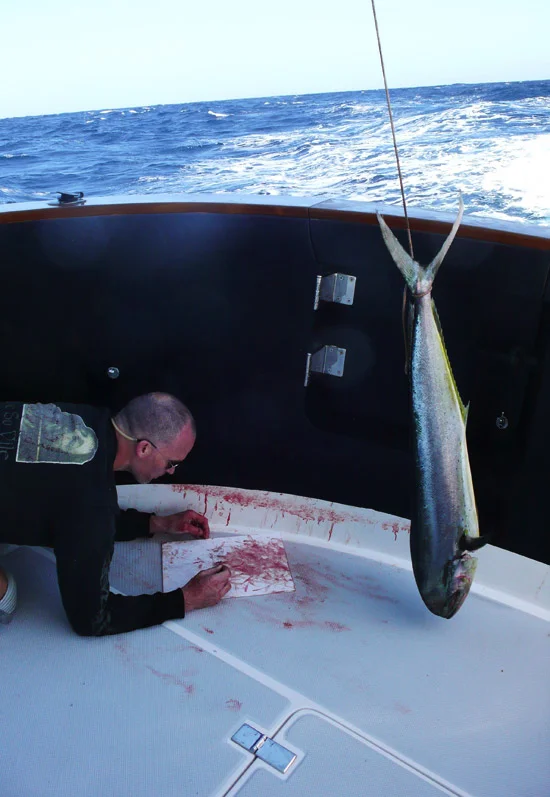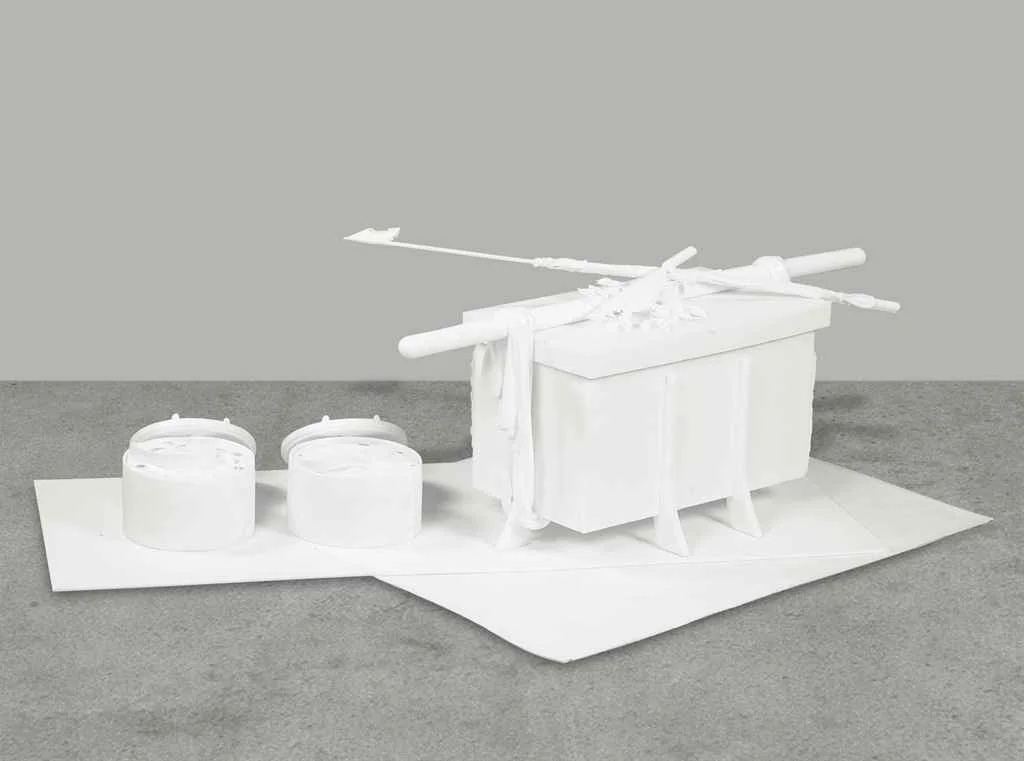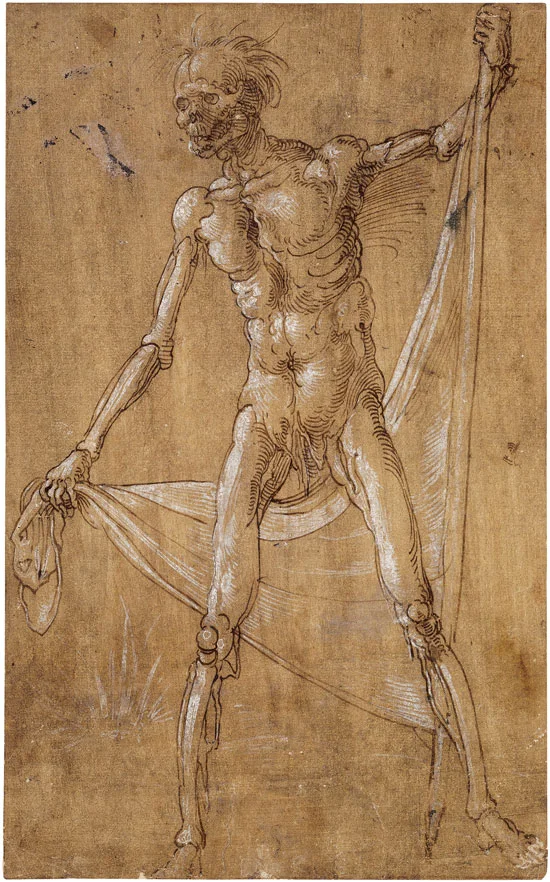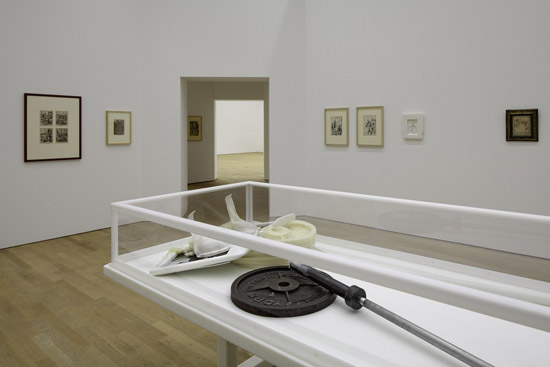PRAYER SHEET WITH THE WOUND AND THE NAIL
Located in Schaulager
CURATOR
In much the same way that the art of the Middle Ages drew a landscape of spiritual inference from the body of Christ, so Matthew Barney has used his own body as well as those of others to draw out a secular theology of artistic creation. Matthew Barney: Prayer Sheet with the Wound and the Nail brings together these two traditions separated as they are by the iconography and belief systems of half a millenium. By placing the masters of the early Northern Renaissance in dialogue with the sculpture, video and drawing that constitute the Drawing Restraint archive the exhibition proposes a view of the body, along with the narratives of restraint and suffering imposed upon it, as the wellspring of all attempts – secular as well as religious - to overcome the limitations of our being.
Prayer Sheet with the Wound and the Nail follows the intersection of different eras and their approach to the sacred and profane body. The predicament of religious art - not to say of religion itself - has always been how to give form to an internal, moral or spiritual, condition. Where Judaism has responded to this predicament with injunctions against the graven image, Christian iconography has developed around a visual language for which the trails of the spirit are inscribed upon mortal flesh. Best known are the narrative cycles of the Passion, here represented by the woodcuts and engravings of Albrecht Durer and Martin Schongauer. Along with these are lesser-known works of the period by Baldung-Grien, Cranach, Graf, Goltzius, Wierix, and others for whom allegorical and religious impulses of stand side by side with the drawn cut or engraved form. By placing works that represent this tradition alongside the Drawing Restraint series the intention is less to draw parallels between the secular and religious, sacred and profane than it is to create a dialogue between the internal and external inscriptions of the flesh and our struggles to project these onto the world. - Neville Wakefield

